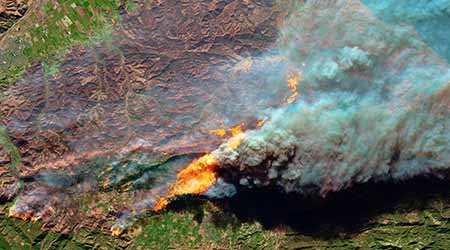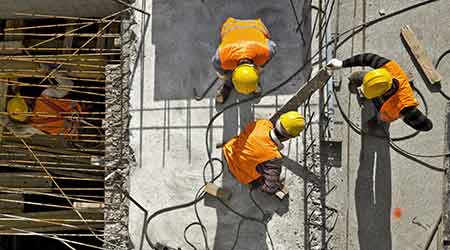
University Implements New Emergency Policies
July 24, 2019
The rules are changing for institutional and commercial organizations in ways that have nothing to do with regulatory compliance. As climate change increases the frequency and intensity of natural disasters — from hurricanes and floods to wildfires and landslides — a growing number of organizations are implementing and updating rules and policies designed to ensure their facilities are more resilient and can recover more easily from these crises.
One such organization is the University of California, Davis, which took unprecedented action to suspend normal operations for several days last November due to heavy smoke from the Camp Fire that tore through the town of Paradise.
In response, campus officials not only have developed guidance for smoke emergencies but also for power outages that might be tied to wildfires. They've also developed a policy on campus operating status, authorizing the chancellor to reduce or suspend services and close facilities as needed, according to the university’s web site.
With temperatures rising and wildfire season approaching, officials also are calling on the campus community to help prepare for potential impacts. More information is available on the new Wildfire Season Weather Impacts website.
“We were forced to make some quick decisions during last year’s smoke event,” says Eric Kvigne, associate vice chancellor for safety services. “We used those experiences to develop better tools and guidance to share with the campus in an emergency, but we need everyone’s help taking on some planning at the departmental level.”
Actions might include stockpiling N-95 breathing masks for outdoor workers, designating employees who would be called upon to deliver critical services during suspension of normal operations, and making plans for what to do if the power goes out.
Dan Hounsell is editor-in-chief of Facility Maintenance Decisions.
Next
Read next on FacilitiesNet









.jpg)


